Edwards Plateau Five-Eyes, Chamaesaracha edwardsiana | Wildflower Wednesday
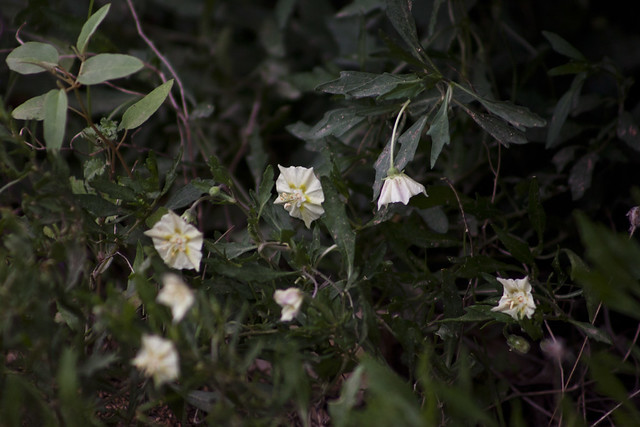
In an effort to re-invigorate some of my weekly standards here, I’ll be getting back into Wildflower and Wildlife Wednesdays. Maybe a Wordless Wednesday or two throw in for good measure. I’m going to kick it off with a Wildflower Wednesday!
Today’s species is Edwards Plateau Five-Eyes, Chamaesaracha edwardsiana, a new-to-me species that I found last summer at our AirBnB rental in Dripping Springs.
As both the common and scientific names suggest, this is an Edwards Plateau specialty. iNaturalist shows most entries for sightings for plants around the Austin to San Antonio areas, with scattered sightings west of there. Bonap has a bit of a broader distribution, with even county records for Harris county, and I did see this particular species on a checklist of plants for Carlsbad Caverns NP. The genus was originally named by Asa Gray in 1876. Plants in this solanaceous genus can be found throughout the desert SW of the US and broadly throughout a lot of Mexico. There’s not a ton of easily accessible information on this genus or the species itself but I did dig into a JStor paper from the 70s that suggests bee flies as potential pollinators and that germination of seeds seems to be on the low side and the genus seems to do much of its spreading by vegetative reproduction instead.
This seems like it would be a good native adapted to grow in gardens in central Texas and if the vegetative reproduction is true, then maybe it would be rather easy to cultivate in a nursery setting. And yet, I’ve never seen it for sale at any nursery in central Texas! So many wonderful natives are out there just waiting to be used in the garden and yet the hort industry is making fancy pansies every year.
More information:
+Taxonomy of Chamaesaracha
+Write up from Jim Conrad’s Naturalist Newsletter


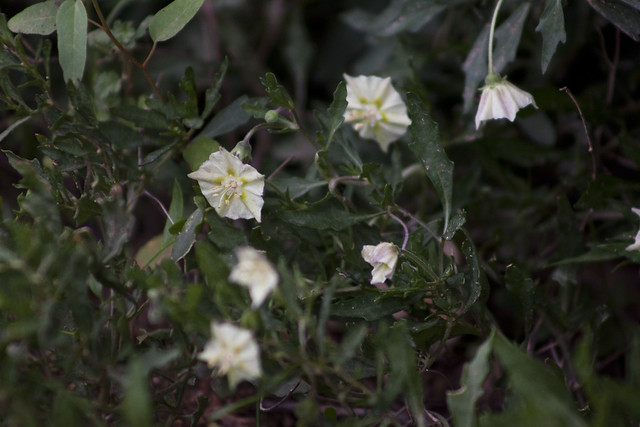
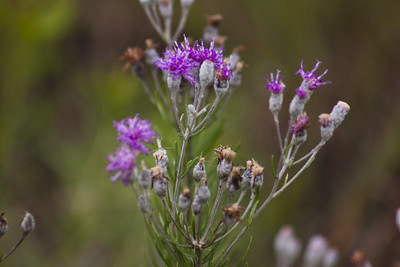
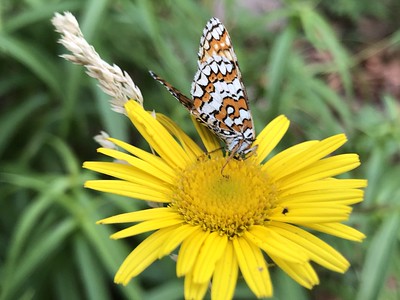
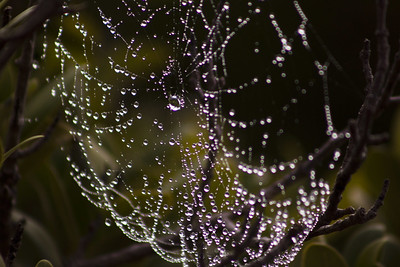
3 Comments
Judy Bass
Well, maybe you have a future in providing natives. 🙂 I always to plants some when I can.
Kenna
Hi! Love your little article. I just discovered this plant myself and interestingly found the same little fly looking insect on all of them. I don’t believe they are bee flies but a insect identification app suggest the bug may be a sweat bee which looks like a miniature fly (Halictus tripartitus). Maybe related to bee fly? I’ll have to dig deeper. Interesting not much information on this plant, it’s beautiful.
mlittle
Thanks for your kind comments!